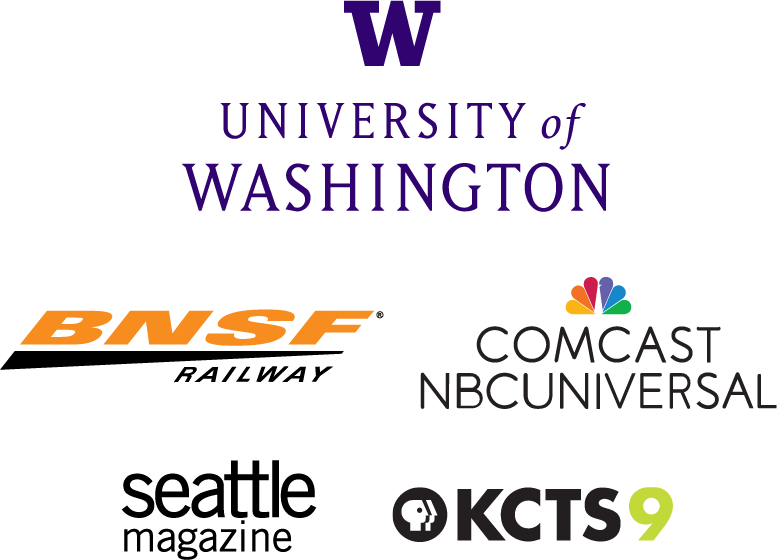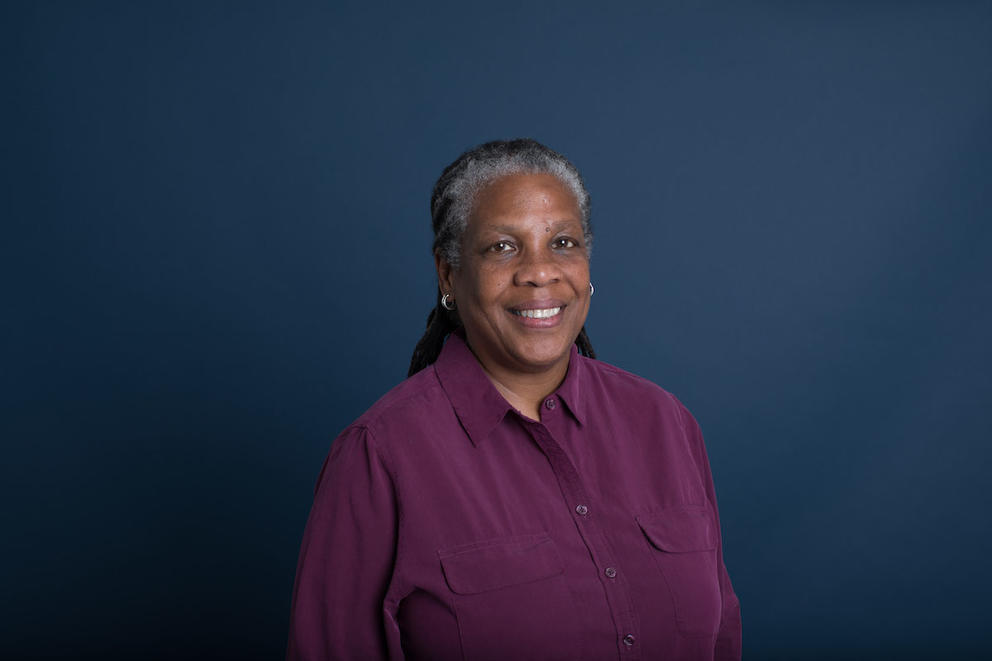“It’s [this way] at every place I’ve ever been,” says Dziko, who has worked in the tech division of companies both large and small, including Computer Sciences Corporation, Hughes Aircraft Company, Fortune Systems, TeleCalc and Microsoft. “And it hasn’t changed all that much, to be honest.”
The lack of diversity in her chosen field left Dziko feeling both isolated and frustrated.
“You have to work three to four times as hard to get half the recognition your white and Asian counterparts get,” she says. “You’re always proving yourself over and over that you belong.”
As a program manager at Microsoft, Dziko was eager to play a part in making the technology industry more inviting to African Americans, Latinos, Native Americans and Pacific Islanders. She helped form a group called “Blacks at Microsoft” that worked to improve recruitment efforts, encouraging human resources to pursue graduates of historically black colleges. Dziko herself occasionally represented the company at minority job fairs and took time to visit with candidates of color when they came to campus for interviews. It was a lot of work.
“This wasn’t our job. It’s what I call the black tax,” Dziko says. “If you wanted to bring more people of color into our company, not only do you have to do your own job, you have to volunteer your time to help your team recruit.”
She eventually took a position in Microsoft’s diversity department, hoping to make more of an impact. But she soon realized that, no matter the company, “you’re not going to change adults,” she says. The idea of supporting a diverse workplace was a nominal endeavor — there was some genuine concern, but Dziko got the sense that leaders weren’t interested in figuring out best practices for recruiting a truly diverse workforce.
“Everyone’s paying attention to it, but they’re not really looking at beliefs and behavior,” Dziko says. “Companies are thinking about the people coming in, but [they aren’t] thinking about retention ... they aren’t changing their culture.”
So in 1996, after spending 15 years in the tech industry, Dziko decided it was time to try something different.
Her 20-plus years of work since then has earned Dziko Crosscut’s 2018 award for Courage in Technology. Seats and tables for the Courage Awards breakfast can be purchased here.
Her new direction was inspired in part by an experience she had with two African-American students she helped mentor while leading a high school internship program at Microsoft. Both students at Seattle’s Garfield High School, they had been funneled into the wrong math track for their abilities, jeopardizing their chances of making it into a college engineering program. Their experience struck a chord — because the same thing had happened to her.
Dziko saw the need for more rigorous supplementary education in fields that would help prepare kids of color for tech majors. “Then there’d be no excuse for not hiring them out of college,” Dziko says.
After she left Microsoft, Dziko and her spouse, Jill Hull Dziko, started the nonprofit Technology Access Foundation in Seattle’s Columbia City neighborhood. The focus: create more opportunities for students of color to engage with science, technology, engineering and math (STEM) disciplines and prepare them for college-level study and professional roles in those fields.
TAF’s first effort, launched a year after its founding, was an eight-month after-school internship program for students recruited from Garfield, Franklin, Rainier Beach and Cleveland high schools, among others. Students learned about web development, programming and media production, and other job training and college prep skills. TAF then paired them with companies that offered program participants the possibility of paid summer internships in their technology departments. The students were also given a $1,000 toward higher ed once they graduated and selected their future college.
The program was a resounding success: In its first year, 32 students completed the program, and they all landed jobs. Dziko pressed on, creating a program in 2000 that brought an after-school STEM curriculum to middle school students. Eventually, the program expanded to include elementary school students as well. More than 500 students who went through the TAF program went on to attend college.
After an unsuccessful attempt to bring the TAF model to the Seattle School District, Dziko and her colleagues managed an arrangement with Federal Way. The district there embraced the TAF model and opened TAF Academy, a STEM-focused neighborhood school now serving grades six through 12, in 2008. It is the first school in Washington state to be co-managed by a nonprofit and a school district. Last year, the Academy expanded, merging with Federal Way’s Saghalie Middle School. Today, TAF@Saghalie serves more than 700 students every year, and is on track to grow to 850 students annually over the next couple years.
Larissa Ho graduated from TAF Academy back in 2015 and is now studying informatics at the University of Washington. She co-directs an annual collegiate hackathon called DubHacks, which brings together over 650 participants, and, this past summer, she interned at the global management consulting company Accenture. She credits TAF with expanding her vision into the field of technology — and not just through its classes. The school offered Ho, as it does for all of its students, multiple opportunities to interact directly with industry professionals during events such as company tours and weekly mentor sessions.
“TAF has had a huge influence on me throughout my educational career and I honestly can say I don’t think I would be where I am today without it,” says Ho, who has grown close to TAF’s teachers and the other members of her graduating class. “I am extremely thankful for the opportunities and second family TAF has provided me, which honestly wouldn’t have happened without Trish [Millines Dziko].”
Since the launch of TAF’s first program 21 years ago, roughly 15,000 students have been educated through the foundation’s programs, which now include TAF “transformation” schools, a teacher training institute and a fellowship program for educators meant to improve the diversity of the teaching force in Washington state public schools. For six years in a row, TAF Academy has been in the top 5 percent of Washington state public schools for student growth in reading, math and graduation.
But beyond the numbers, TAF is making meaningful social change.
“From the very first time we sent a kid out on an internship, we changed lives,” Dziko says. “We got kids thinking they could do something completely different, things society has been telling them they couldn’t do.”
2018 Courage Awards are sponsored by:




